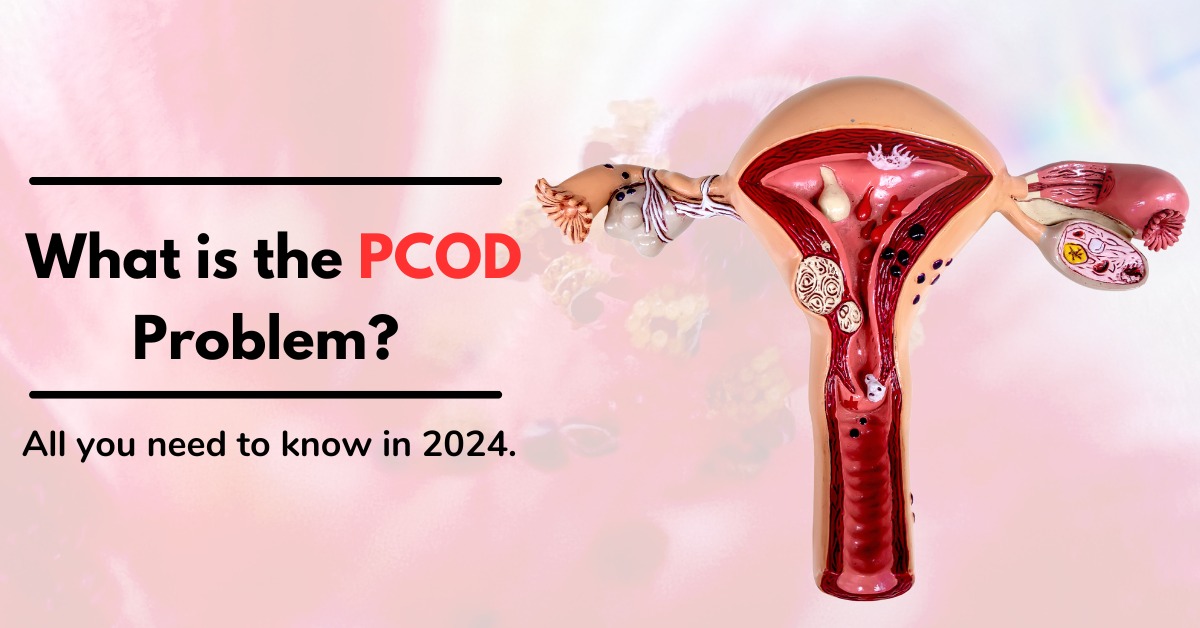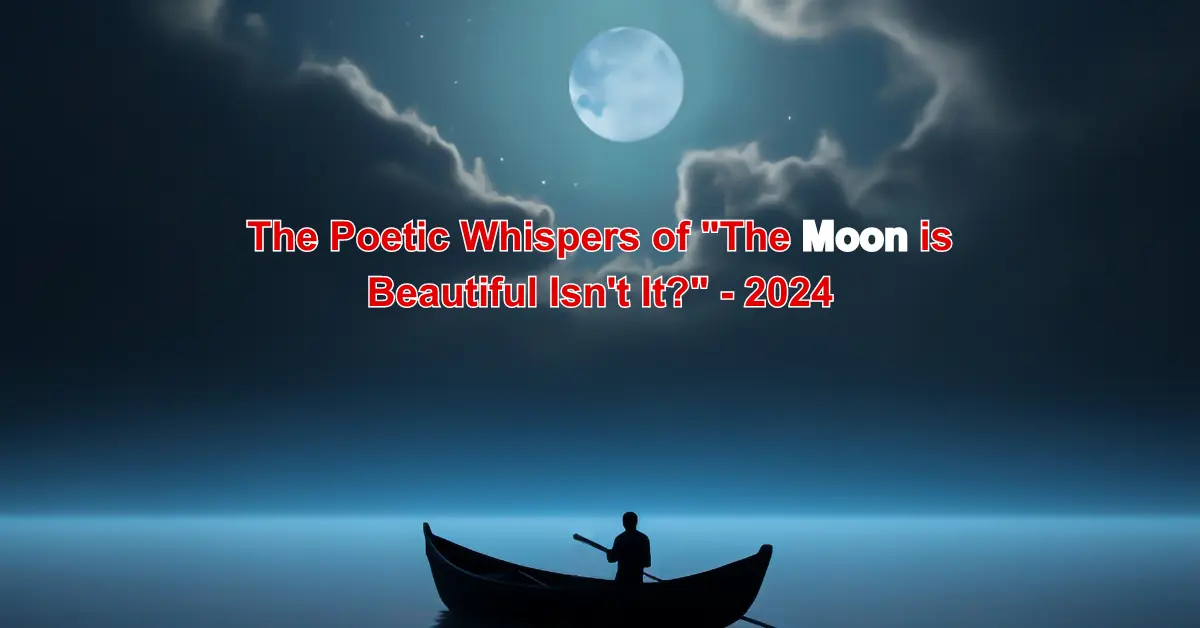
The Poetic Whispers of “The Moon is Beautiful Isn’t It?” – 2024
- 483
- 0
- 0
The moon is beautiful isn’t it
In the quiet corners of language, where words dance like fireflies in the night, there exists a phrase that transcends mere expression. “The moon is beautiful isn’t it?” – a delicate arrangement of syllables that carries within it the weight of unspoken sentiments, the echo of hidden emotions. Originating from the depths of Japanese culture, this phrase, often attributed to the renowned novelist Natsume Soseki, reveals a profound understanding of human connection and the power of subtlety.
Introduction
“The moon is beautiful isn’t it?” – a covert declaration of love in Japanese culture. This phrase, laden with subtlety, serves as a veiled expression of affection, resonating with those attuned to its hidden meaning. In a society where directness is often eschewed, this whispered code allows for the expression of love through the guise of casual observation. To those initiated, its significance is profound; to others, it remains a simple remark on lunar beauty.
The Moon’s Subtle Love Language
“The Moon is Beautiful Isn’t It?” – a whispered sentiment that transcends cultures. In Japan, these words hold a deeper meaning, serving as a poetic declaration of love. Traditionally credited to novelist Natsume Soseki, they offer a subtle confession amidst moonlit serenades. Across the world, the moon’s ethereal glow inspires poets and musicians, symbolizing purity and serenity amid life’s chaos. Its luminous presence serves as a beacon of hope, guiding hearts through the darkness and reminding us that beauty endures even in the vast expanse of the night sky.
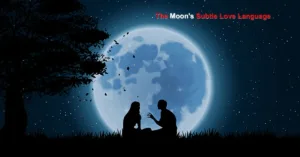
During the transformative years of the Meiji period in Japan, a time of rapid modernization and cultural upheaval, Soseki stood as a beacon of literary brilliance. It is said that amidst his teachings, he stumbled upon a student struggling to translate the fervent declaration of “I love you” into the graceful cadence of Japanese. Sensing the discordance between the raw sentiment and the rigid structure of literal translation, Soseki recognized the need for a more nuanced approach, one that resonated with the soul of his language.
The Enigmatic Charm of Moonlight
Thus, like a gardener tending to delicate blooms, Soseki nurtured the phrase “The moon is beautiful isn’t it?” into existence. With its ethereal imagery and gentle inquiry, it became a vessel for expressing affection in a manner that honored the subtleties of Japanese sensibility. No longer bound by the constraints of direct translation, this phrase took flight, weaving its way into the tapestry of Japanese culture.
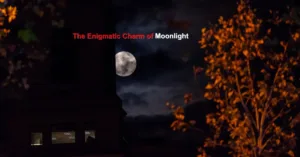
Yet, the enigmatic nature of history leaves room for speculation. While the romantic notion of Soseki crafting this poetic alternative to “I love you” has captivated the hearts of many, recent discoveries cast a shadow of doubt. A document unearthed from the annals of time suggests that Soseki’s actual words may have been “The moon looks blue” as his preferred alternative to the declaration of love.
The Modern Time The moon is beautiful isn’t it ?
Regardless of its precise origins, the essence of “The moon is beautiful, isn’t it?” remains unchanged – a testament to the beauty of language and the profound ways in which it shapes our perceptions of love and longing. It serves as a reminder that beneath the surface of words lies a vast ocean of meaning, waiting to be explored by those willing to dive deep.
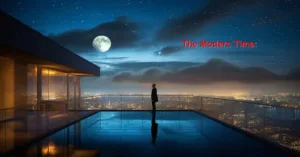
In modern times, this phrase has transcended its origins, finding resonance beyond the borders of Japan. It has become a symbol of understated elegance, cherished by literary enthusiasts and romantics alike. Through the prism of culture and time, it continues to evolve, adapting to new contexts while retaining its timeless allure.
Conclusion
In conclusion, “The moon is beautiful, isn’t it? is a testament to the enduring power of language in capturing the complexities of human emotion. Whether whispered under the glow of a harvest moon or inscribed on the pages of a heartfelt letter, its significance remains undiminished. As we gaze upon the luminous orb that hangs in the night sky, let us remember the whispered secrets it holds – the silent declaration of love that echoes through the ages. Truly, the moon is beautiful, isn’t it?
FAQs
1. Whats the right meaning of the phrase The moon is beautiful, isn’t it?
The moon is beautiful, isn’t it?” reflects a preference for subtlety in communication, often conveying feelings of love or admiration without stating them directly. It’s a way of acknowledging emotions while maintaining a sense of delicacy and refinement.
2. What should I reply to The moon is beautiful isn’t it?
You could reply with agreement or appreciation, such as “Yes, it’s breathtaking,” or “Indeed, it’s a sight to behold.
3. Isn’t The moon lovely?
Yes, indeed, the moon is lovely.
4. Does The moon mean I love you?
It implies “I love you” in Japanese culture, the moon itself symbolizes life, eternity, and love across various cultures. Its majestic presence in the night sky serves as a poignant reminder of our connection to the universe and the enduring power of love.
5. Why is the moon a symbol of beauty?
The moon’s beauty lies in its serene presence in the night sky, symbolizing tranquility, balance, and harmony. Its gentle glow has captivated humanity for centuries, evoking feelings of awe and wonder. As it waxes and wanes in the celestial expanse, the moon serves as a timeless symbol of natural beauty and cosmic grace.
Also Read:
Know the Interesting Cast of My Life with the Walter Boys – in 2024
Reference:
https://www.wikihow.com/The-Moon-Is-Beautiful-Isn%27t-It
Disclaimer: The Poetic Whispers of “The Moon is Beautiful, Isn’t It?” – 2024
This article explores the cultural and poetic meanings of the phrase. Interpretations may vary, and the content is for literary appreciation only. Personal experiences with the phrase may differ.
Related post


